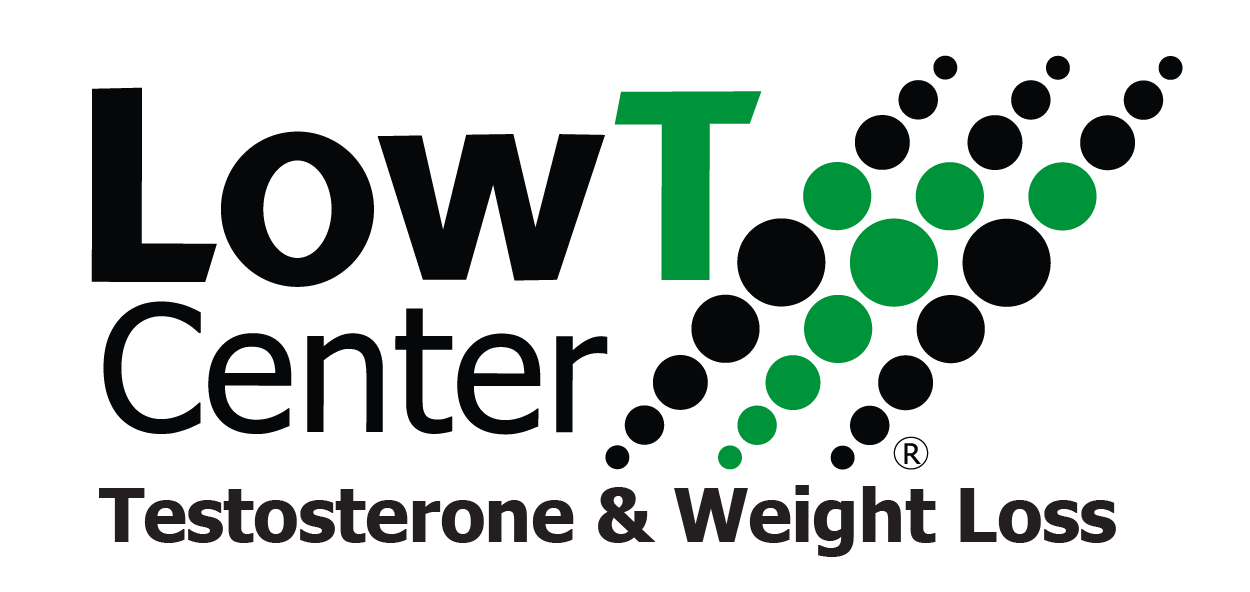Primary vs. Secondary Hypogonadism (Low T)
Posted: June 30, 2024
Sometimes, your body might not make enough testosterone on its own, meaning you may need testosterone replacement to supplement your natural levels. This condition is called hypogonadism, and it can affect men of all ages.
There are actually two main types of hypogonadism: primary and secondary. Studies suggest that primary hypogonadism is generally less frequent than secondary hypogonadism. Today, we’ll explain the differences between the two, what causes them, and the symptoms to watch out for.
If you are experiencing symptoms of low T, diagnosis and treatment can make a big difference in your health and well-being. Low T Center offers a fast, convenient, and effective way to get the testosterone replacement you need, when you need it. Book an appointment now to check your testosterone levels.
Primary Hypogonadism
Primary hypogonadism, also sometimes called primary testicular failure, happens when the testicles themselves aren’t producing enough testosterone. This can be caused by a few different things.
In some cases, it might be due to a problem with the development of the testicles before birth. For example, if the testicles don’t descend properly from the abdomen into the scrotum (a condition called undescended testicles), it can affect their ability to function. Injuries or infections of the testicles can also damage them and lead to low testosterone.
There are some genetic conditions, like Klinefelter syndrome, that can cause primary hypogonadism. In these cases, there’s an abnormality in the chromosomes that affects testicular development. Even some autoimmune diseases, where the body’s immune system attacks healthy tissues, can target the testicles and cause problems with testosterone production.
Secondary Hypogonadism

Testosterone replacement can help alleviate the fatigue and difficulty concentrating that can be caused by low testosterone.
Secondary hypogonadism might sound similar to primary, but it works a little differently. Here, the problem isn’t with the testicles themselves. Instead, the issue lies with the communication system in the brain that controls testosterone production.
Imagine the testicles as a factory that makes testosterone. In secondary hypogonadism, the factory is perfectly fine, but the messages from the head office (brain) aren’t getting through properly. This can happen for a few reasons.
The brain has two key players in testosterone production: the pituitary gland and the hypothalamus. The hypothalamus is like the big boss, sending signals to the pituitary gland. The pituitary gland then acts like the foreman, releasing hormones that tell the testicles to get to work and produce testosterone.
Problems with either of these areas can cause secondary hypogonadism. Tumors or injuries in the pituitary gland can disrupt its ability to send the right signals. Certain medications, like corticosteroids, can also interfere with this process.
Other factors can also play a role. Type 2 diabetes and obesity are two common contributors to secondary hypogonadism. Chronic stress can lead to increased cortisol production in the body, and high cortisol levels can suppress testosterone production.
With secondary hypogonadism, a blood test will typically show low testosterone levels, but also high levels of FSH (follicle-stimulating hormone) which is a hormone produced by the pituitary gland trying to stimulate testosterone production.
Symptoms of Low T Common to Both Primary & Secondary
Whether the cause lies in the testicles or the brain’s communication system, both primary and secondary hypogonadism can lead to similar symptoms. Here are some key red flags to watch out for:
- Fatigue and Low Energy: Feeling constantly tired and lacking the motivation to engage in activities you used to enjoy can be a sign of low testosterone.
- Mood Swings and Irritability: You might experience changes in mood, becoming more irritable or even depressed than usual.
- Difficulty Concentrating and Memory Problems: You might find it harder to focus and retain information.
- Sleep Issues: Trouble falling asleep or staying asleep can be another symptom.
- Diminished Sex Drive: A noticeable decrease in your desire for sexual activity can be an early indicator of low testosterone.
- Erectile Dysfunction (ED): Difficulty getting or maintaining an erection is a common symptom and can significantly impact your sex life.
- Changes in Body Composition: A decrease in muscle mass and an increase in body fat, especially around the midsection, can occur with low testosterone.
- Breast Tissue Enlargement (Gynecomastia): In some cases, men with low testosterone may develop enlarged breast tissue.
- Reduced Bone Density: Low testosterone can weaken bones, making you more susceptible to fractures.
Effective Testosterone Replacement for Hypogonadism
Whether your diagnosis is primary or secondary hypogonadism, testosterone replacement can help stabilize your hormonal balance. One approach that offers both convenience and effectiveness is weekly testosterone injections. These injections provide a steady dose of testosterone directly into the bloodstream, mimicking the body’s natural production.
The benefits of weekly injections are numerous. Compared to other options like gels or patches, injections offer more precise control over testosterone levels, minimizing the risk of fluctuations. This can lead to more consistent symptom relief and a faster improvement in your overall well-being. They are also a relatively quick and painless procedure that can be easily administered in a quick appointment.
No matter the cause of your hypogonadism, weekly injections can be an affordable and convenient solution for getting your testosterone levels back on track and helping you feel like yourself again.
Fast and Affordable Testosterone Replacement at Low T Center
At Low T Center we have a streamlined process for men experiencing symptoms of low testosterone. Our team will work with you to find the right treatment plan for your symptoms.
Schedule an appointment with us now to determine the cause of your low T and get the treatment you need.
Related Posts
Disclaimer: This article is made available for general, entertainment and educational purposes only. The opinions expressed herein do not necessarily reflect those of Low T Center. You should always seek the advice of a licensed healthcare professional.
